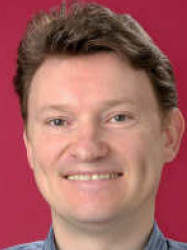BibTex format
@article{Galand:2016:mnras/stw2891,
author = {Galand, M and Héritier, KL and Odelstad, E and Henri, P and Broiles, TW and Allen, AJ and Altwegg, K and Beth, A and Burch, JL and Carr, CM and Cupido, E and Eriksson, AI and Glassmeier, K-H and Johansson, FL and Lebreton, J-P and Mandt, KE and Nilsson, H and Richter, I and Rubin, M and Sagnières, LBM and Schwartz, SJ and Sémon, T and Tzou, C-Y and Vallières, X and Vigren, E and Wurz, P},
doi = {mnras/stw2891},
journal = {Monthly Notices of the Royal Astronomical Society},
pages = {S331--S351},
title = {Ionospheric plasma of comet 67P probed by Rosetta at 3 AU from the Sun},
url = {http://dx.doi.org/10.1093/mnras/stw2891},
volume = {462},
year = {2016}
}

